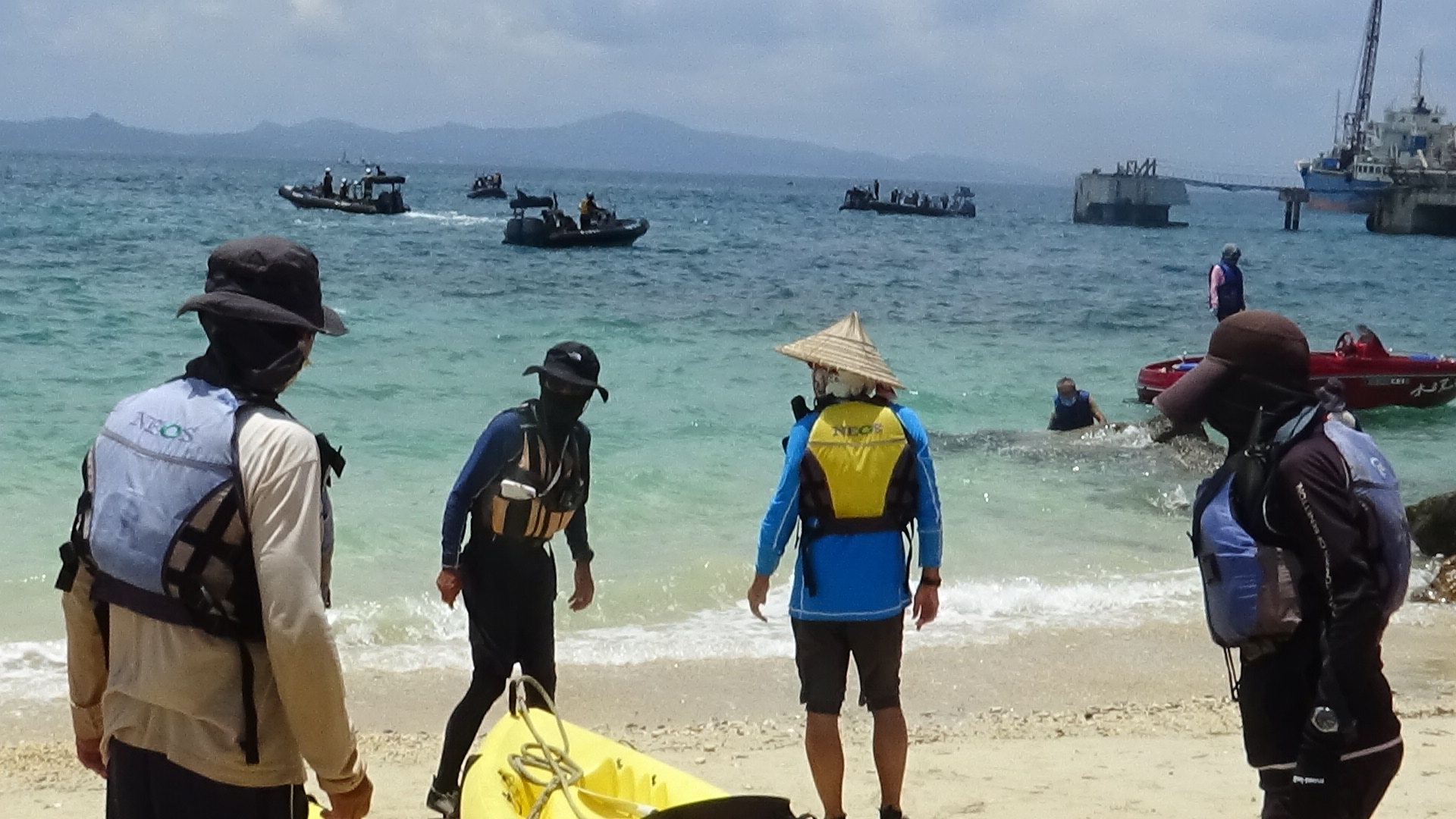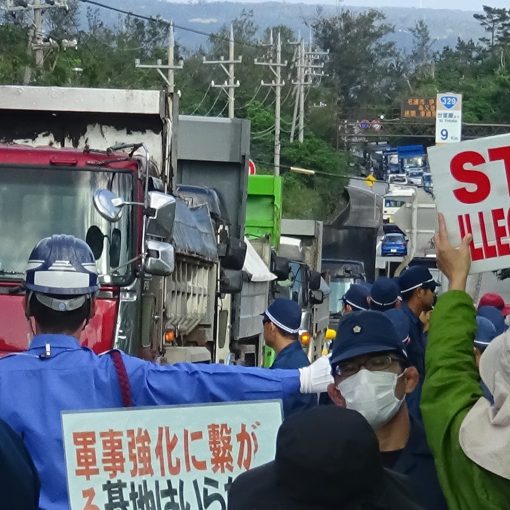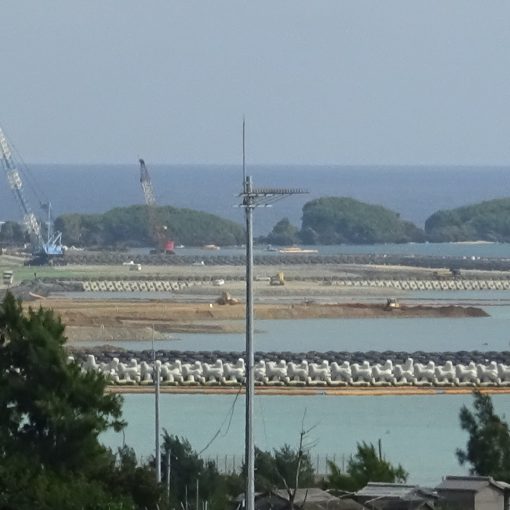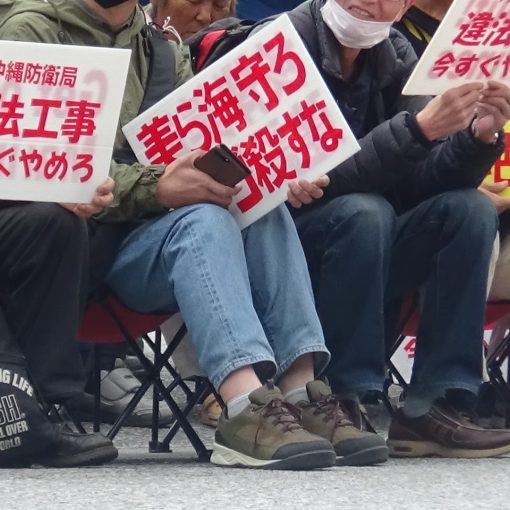The Okinawa Defense Bureau applied to the prefectural government to make changes to the original construction plan. One of the changes is to procure the earth and sand for the construction mostly from within Okinawa prefecture, which is radically different from the current policy. Initially, close to 70% of the amount would come from the mainland, Kyushu and Seto districts, by sea. However, the plan had to be changed to comply with the Okinawa prefecture’s strict ‘soil ordinance’ that aims to control nonnative plants and animals inflow.
The supply source will extend to all Okinawa prefecture, including the islands of Ishigaki, Miyako, and Minamidaito. The change estimates 45 million cubic meters available for procurement. However, the required amount is only 20.2 million cubic meters, which gives a leeway should they face serious protests by Okinawa citizens and contract rejection by the local mining companies. How will they manage to obtain the most of 20.2 million cubic meters (17 times the volume of Tokyo Dome) from within Okinawa? The devastating effects on the natural environment will spread throughout the prefecture. It is a hideous plan.


(In front of the Camp Schwab Gate)
The heatwave continues. The number of COVID-19 confirmed cases increased to 275 in Okinawa. The infected cases within the U.S. military bases in Japan are 137, of which 80%, 112 cases are in Okinawa. Amongst them, 68 cases are at Camp Hansen. On the other hand, none at the neighboring Camp Schwab to everyone’s surprise. Suspicion arises whether the number of Corona infections is reported smaller to proceed with the new base’s construction work.
Two young Okinawa prefectural assembly members from All Okinawa who won the election in June came to greet the protesters. The number of non-ruling party members is very close to that of the ruling party, making it difficult for the assembly to run smoothly. They appreciated the protestors’ support, “With your persistent rallies on the construction site, we must and will stop the new base construction.” Our hopes are high with the addition of the young assemblymen.
Under the scorching sun, joined by the 94-year-old Ayako Shimabukuro, 65 protestors rallied in the sit-in. It has been a while since so many people participated. Persistently resisting the riot police, the demonstrators tried to stay in the sit-in as long as possible. A total of 261 deliveries were made. The military vehicles going in and out of the main gate were conspicuous.



(Ryukyu Cement Awa Pier)
A total of about 20 people protested both at the entrance and the exit of the pier. Also, five members of GoGo Drive obstructed the trucks’ activities. At sea, six canoes and one gummy boat attached themselves to a cargo ship and delayed its departure for an hour. The deliveries continued close to 8 in the evening, and 903 truckloads were transported onto three cargo ships.



(Motobu Shiokawa Pier)
Six members of Shimagurumi from Motobu protested the entire day. A total of 498 truckloads of earth and sand were loaded to four cargo ships.

Number of dump trucks to date and percentage against the total
The estimation calculated on the basis of the number of ruckloads serves only as a reference.
Number of dump trucks which made delivery from December 2018 to the end of December 2019 114,601(1.39%)
| 25(Sat) | 27(Mon) | 28(Tue) | 29(Wed) | 30(Thr) | 31(Fri) | |
| Awa | 1081 | 814 | 759 | 903 | ||
| Shiokawa | 0 | 135 | 497 | 498 |
| Number of dump trucks ※ |
Weightt of earth/sand
※① |
Converted to volume
※② |
Volume per Total
※③ |
| 216,068 | 1,080,340t | 540,170㎥ | 2.674% |
※ Cumulative since Dec. 1, 2019
※① Calculated by assuming that the average truckload per dump truck would be 5 tons
※② Calculated by assuming that a specific weight of soil/sand set to be 2
※③ Percentage against 20.200.000m3, the total volume of earth and sand required for the landfill.





